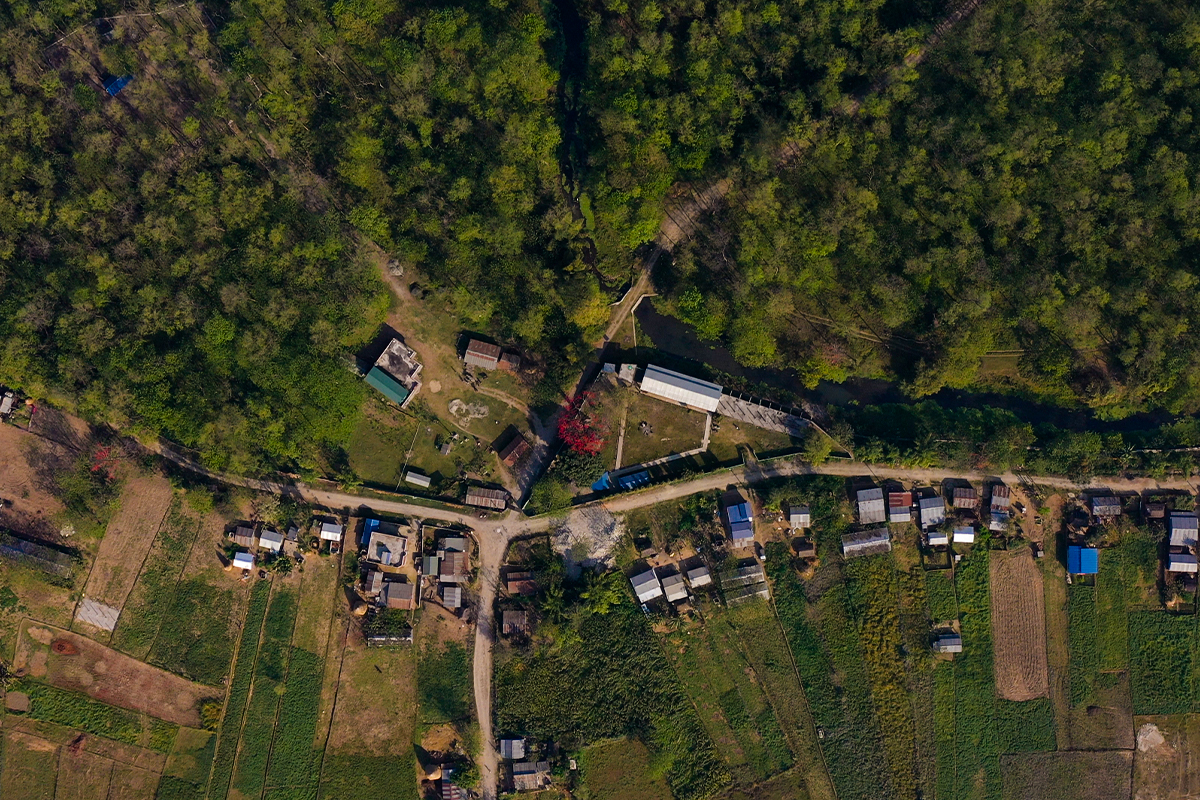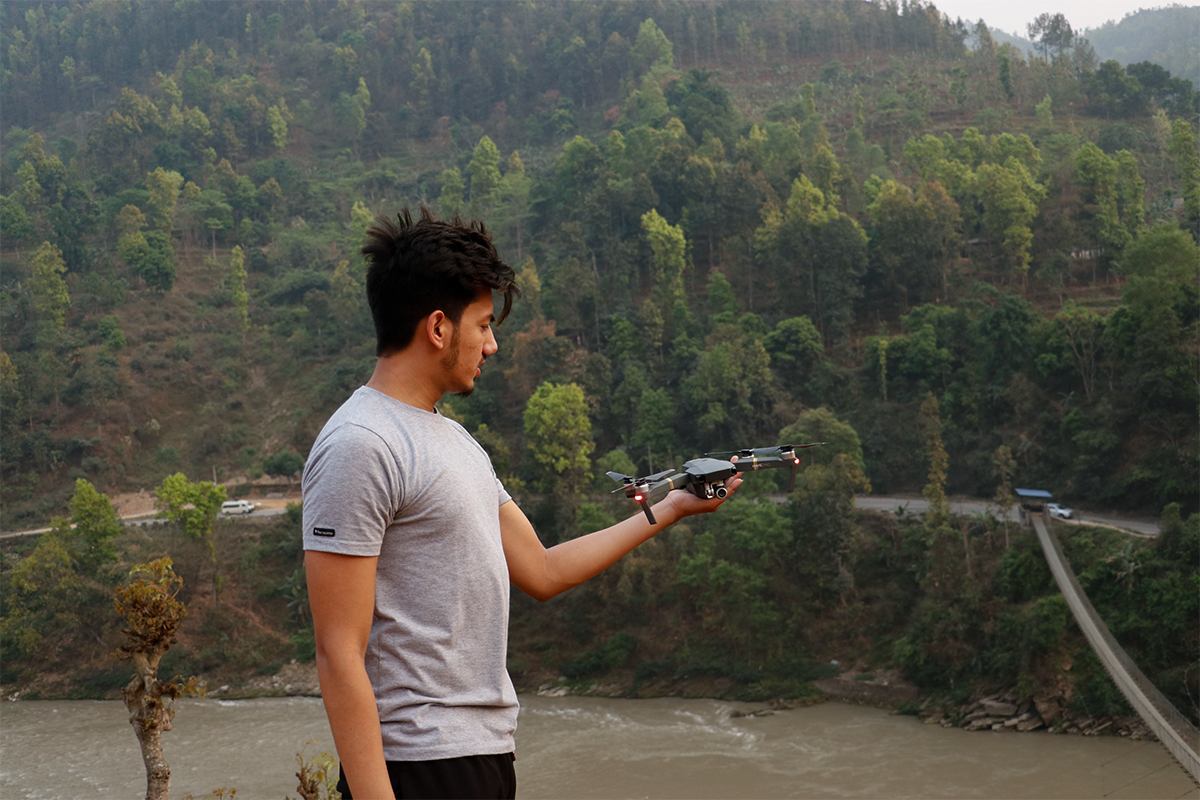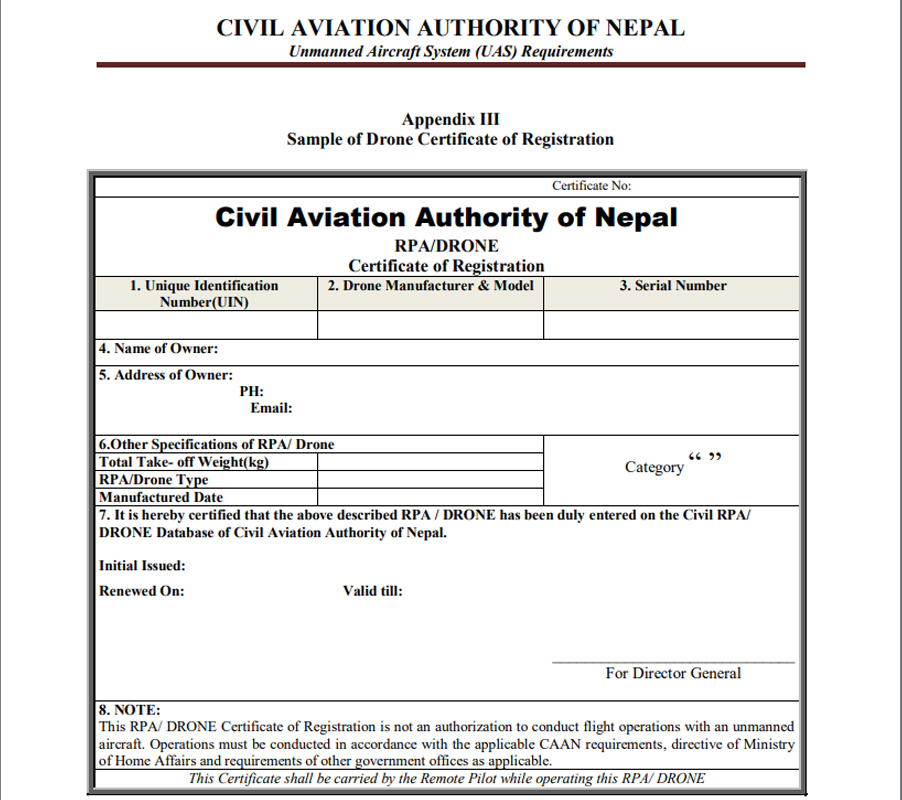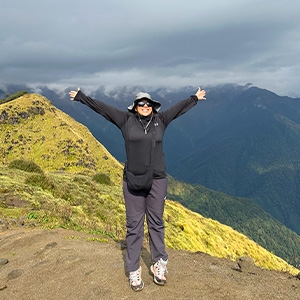Drones, known as Unmanned Aerial Vehicles are one of the most popular and must have technologies for travelers all over the world. Drone technology has become increasingly prevalent worldwide, offering a wide range of applications from aerial photography to search and rescue operations. As with any emerging technology, the use of drones necessitates careful regulation to ensure safety, security, and compliance with legal standards. In Nepal, the Civil Aviation Authority of Nepal (CAAN) oversees the regulations surrounding drone operations.
As we delve into the intersection of technology and adventure, Nepal, a jewel nestled in the Himalayas, beckons with its awe-inspiring landscapes, creating an irresistible allure for drone enthusiasts. Imagine gliding above the majestic peaks, capturing the unparalleled beauty of this mountainous haven from a perspective previously reserved for the wings of eagles.

As Nepal is a mountainous country, flying drones offer the ability to capture great landscapes from unique angles. However, with great innovation comes the responsibility to navigate a complex web of regulations. Nepal, mindful of the potential of drone technology, has crafted a delicate dance between granting access to its natural wonders and ensuring the safety, security, and privacy of its inhabitants. Join us on a journey through the intricate details of drone regulations in Nepal, where the soaring popularity of UAVs collides with the ancient charm of the Himalayas. Although flying drones in Nepal is legal, flying a drone without a permit in Nepal however is considered illegal and punishable. Bringing drones within Nepal at TIA is not restricted as long as your import is legitimate (generally one drone at a time).
No matter the intent of your drone flight or where you intend to fly, you will need to seek prior permissions before taking off into the gorgeous landscapes of Nepal. Despite being permitted, you must be careful about the drone rules of Nepal, which are set to be as:
General Rules for Flying Drones in Nepal
It is essential that you get familiar with the basic rules for drone flying in Nepal in order to keep up with the legal framework and the comprehensive review of drone-related rules and regulations. Despite being permitted, you must be careful about the drone rules of Nepal, which are set to be as:
- Drones weighing more than 2 kilograms (4.5 pounds) flying at an altitude of 400 feet or higher require prior approval from the Department of Tourism, Ministry of Home Affairs, and CAAN. The authorization application can be accessed here.
- Drones weighing less than 2 kilograms (4.5 pounds) are free from CAAN authorization if operated on private property and below 200 feet.
- Flying drones recklessly is strictly prohibited.
- Drones should not exceed an altitude of 120 meters (394 feet).
- Drones should not be flown beyond a distance of 500 meters (1,640 feet).
- Dropping articles or animals using drones is strictly prohibited.
- Refrain from flying drones over or within 150 meters (492 feet) of congested areas.
- Flying drones over or within 150 meters (492 feet) of an open-air assembly with more than 1,000 persons is strictly prohibited.
- Maintain a distance of at least 50 meters (164 feet) from vessels, vehicles, or structures.
- Operators must maintain unaided visual contact with the drones during operation.
- You shouldn’t fly above or near any military installations and strategic infrastructures, especially fly away from airports and any airdromes in the country.
- National Parks, and Conservation Areas are highly restricted regions in terms of flying drones in Nepal.
For more comprehensive details on drone regulations in Nepal, please refer to the CAAN website here.

Registration and Authorization
Drones in Nepal are categorized based on weight and risk levels into four classes:
- A: Less than 250gm (Very Low-Risk)
- B: 250gm to 2kg (Low-Risk)
- C: 2 kg to 25kg (Regulated Low-Risk)
- D: More than 25kg (Regulated High-Risk)
According to current legislation, registration with the Civil Aviation Authority of Nepal (CAAN) is mandatory for all drone categories to obtain a flying license.
1. You can visit the Flight Safety Standard Department in Sinamangal, Kathmandu.
2. Bring necessary paperwork, including a completed form as per guidelines.
- Copy of the drone's handbook specifications.
- Copy of a valid passport.
- Copy of a certificate of company registration (if applicable).
- Clear image of the drone displaying its brand, color, and serial number.
- Overview of drone applications.
- Copy of customs clearance certificate for imported drones.
- Copy of the retailer's VAT bill for locally purchased drones.
3. The Flight Safety Standard Department will carefully review the submitted documentation.
4. If registration is approved, a certificate verifying registration, including a Unique Identification Number (UIN), will be issued within two to three business days.
5. The registration certificate is valid for one year.
Insurance Requirements
While Drone Insurance may not be a legal requirement in Nepal, obtaining insurance is crucial for protecting against liabilities, property damage, and potential legal issues arising from drone operations.
Operators should check local regulations and consult with insurance professionals to ensure compliance and tailored coverage for their specific needs.
How can I get drone permits in Nepal?
1. Obtain a Letter of Authorization from the Municipality
Before initiating the process, acquire a letter of authorization from the municipality of the specific area where you intend to fly the drone. This letter serves as preliminary permission for drone operations.
2. Submit Municipality Authorization to the CDO
Present the obtained permission letter from the municipality to the Chief District Officer (CDO). This step involves providing the CDO with the necessary documentation to move forward with the drone permit application.
3. Secure a Letter of Recommendation from the CDO Office
Following the submission of the municipality's permission letter, obtain a letter of recommendation from the Chief District Officer's office. This recommendation serves as an additional endorsement for the intended drone operations.
4. Request a Permit from the Local Police Headquarters
Armed with the municipality's permission letter and the CDO's recommendation, approach the local police headquarters to formally request a permit for flying the drone. The police permit is a crucial element in the comprehensive approval process.
5. Submit Documents to CAAN
Compile all the obtained documents, including the municipality's authorization, CDO's recommendation, and the police permit. Submit these documents to the Civil Aviation Authority of Nepal (CAAN). This step marks the convergence of local and aviation authorities in evaluating and approving the drone permit application.
6. Evaluation and Granting of Drone Pilot's License
CAAN will thoroughly review the submitted documents and, upon satisfactory compliance with regulations, may grant the drone pilot's license. This license signifies official approval for operating a drone in the specified location.
It's important to note that this process reflects the intricate administrative steps involved in obtaining a drone permit in Nepal. The collaboration between local municipalities, the Chief District Officer's office, local police, and CAAN underscores the multi-layered approach to ensuring responsible and regulated drone operations in the country. Always check for the most recent and official information from relevant authorities, as procedures may evolve over time.
.jpg)
Required Documents for Temporary License
- Passport with valid visa
- Letter of commitment from applicant to comply with the existing UAV requirement of Civil Aviation Authority of Nepal (CAAN) and Ministry of Home Affairs (MOHA) UAV working procedure 2019 including flight information(purpose, location and duration of operation)
- If any additional document regarding drone operation
Penalties for Violating Drone Laws in Nepal
If an individual violates any of the Drone Rules and Laws in Nepal, they may face various penalties depending on the nature and severity of the infraction. The consequences can include fines, imprisonment for serious offenses, or a combination of both. The severeness of the penalty is directly correlated with the gravity of the rule violation.
- Individuals found in violation of drone laws may be subject to monetary fines. The fine amount typically ranges from 2000 to 5000 Nepalese Rupees.
- Serious offenses may lead to imprisonment. The duration of imprisonment depends on the specific nature of the violation and the potential harm caused.
- If a drone operation results in physical harm to someone, the operator may be accused of assault. The course of prosecution will be determined by the actions of the accused.
- The amount of the fine is decided based on the loss or damage caused by the violation. The intentions and goals of the drone operator play a significant role in determining the severity of the punishment.
- It is crucial for drone operators to be aware of and adhere to the regulations outlined by the Civil Aviation Authority of Nepal to avoid legal consequences.
FAQs
Do you need permission to fly drones in Nepal?
Yes, you need permission to fly drones in Nepal. The process involves obtaining a letter of authorization from the municipality of the area where you intend to fly, a recommendation letter from the Chief District Officer (CDO), and a permit from the local police headquarters. All these documents must be submitted to the Civil Aviation Authority of Nepal (CAAN), which may grant you a drone pilot's license if all requirements are met.

Can you fly a drone at Everest Base Camp?
Flying drones at Everest Base Camp requires careful consideration of regulations. As it is a sensitive and iconic location, permission from relevant authorities, including the local municipality, CDO, local police, and CAAN, is very important. The stringent approval process ensures responsible drone usage and adherence to regulations in such unique and environmentally sensitive areas.
What are the regulations for foreigners traveling with drones in Nepal?
Foreigners traveling with drones in Nepal must adhere to the same regulations as residents. The process involves obtaining permission from local authorities, including the municipality, CDO, and local police. Foreign drone operators should ensure compliance with all regulations outlined by CAAN. It's advisable to stay informed and follow the official procedures to avoid legal consequences.
Are there no-fly zones for drones in Nepal?
Yes, there are no-fly zones or restricted areas for flying drones in Nepal. The following locations are considered off-limits for drone operations:
- Airports: Flying a drone within 5 kilometers of any airport or landing strip is strictly prohibited for safety reasons.
- Military Installations:Drones are not allowed to be flown over military installations or in proximity to military equipment, including barracks, training grounds, and bases.
- Government Buildings: Drones are prohibited from flying over government buildings, which includes embassies, consulates, and other government facilities.
- Heritage Sites: Heritage sites, encompassing temples, monuments, and various cultural sites, are designated as no-fly zones for drones.
- National Parks: Drones are not allowed to be flown over national parks in Nepal, such as the Sagarmatha National Park and the Chitwan National Park.
- Residential Areas: Flying drones over residential areas is restricted, and operators are not permitted to fly near people, vehicles, or buildings in these areas.
Understanding and adhering to these no-fly zones is essential for drone operators to ensure safety, protect sensitive areas, and comply with Nepalese regulations. Violating these restrictions may lead to penalties and legal consequences. It is advisable for drone operators to stay informed about specific no-fly zones and regularly check for updates to the regulations to ensure responsible and legal drone use in Nepal.

Which is the dedicated authority to contact for drone related inquiries in Nepal?
The dedicated authority for drone-related inquiries in Nepal is the Civil Aviation Authority of Nepal (CAAN). For information on regulations, permit procedures, and any specific inquiries related to drone operations, individuals can contact CAAN directly. Staying in communication with CAAN ensures accurate and up-to-date information on drone laws in Nepal.
Conclusion
In wrapping up our journey through Nepal's drone regulations, it's clear that technology and adventure are intertwined in a delicate dance. Drones have become a global phenomenon, offering breathtaking perspectives across various industries. Nepal, with its awe-inspiring landscapes, adds a unique dimension to this adventure.
As drone enthusiasts, we're granted the privilege of soaring through the Himalayan skies. However, this privilege comes with a responsibility to navigate the regulatory landscape. The administrative steps involved in obtaining a permit reflect Nepal's commitment to balancing exploration with the need for oversight.
So, as you embark on your drone adventures above Nepal's peaks and valleys, remember to embrace the beauty responsibly. Each flight is a harmony of technology and nature, a dance between innovation and respect for the environment. Fly high, fly safe, and let every moment in the sky be a testament to the privilege of exploring Nepal's timeless landscapes.


.jpg)

.jpg)


